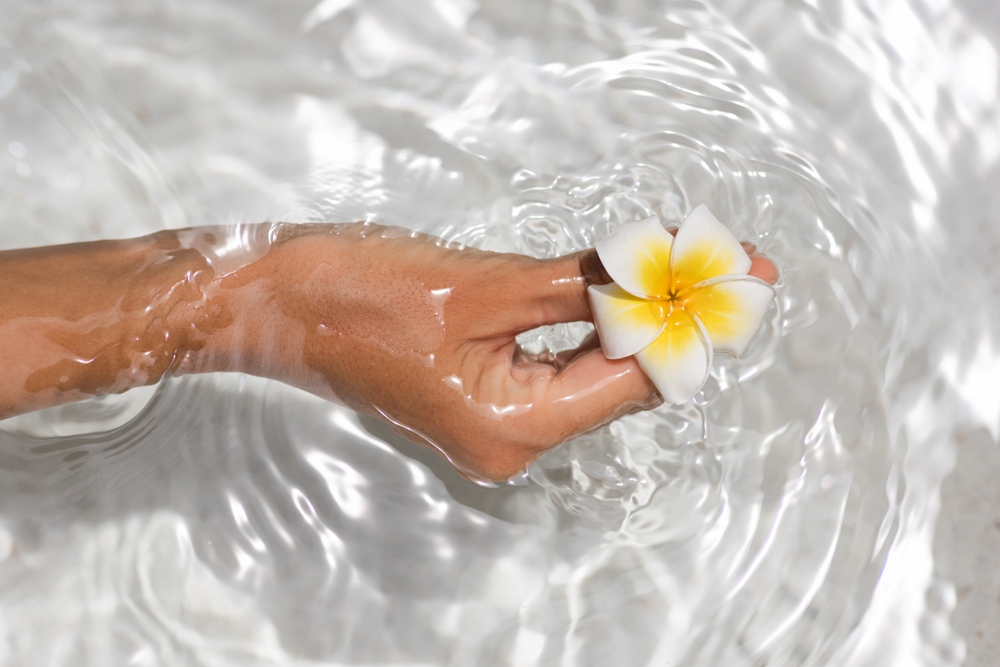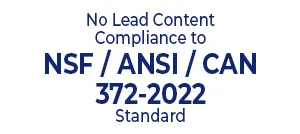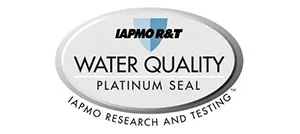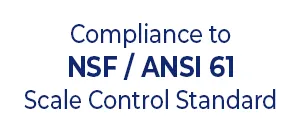Introduction: What’s Really Flowing From Your Well
If your home draws water from a private well, you might assume you’re getting the
purest water on earth — fresh, natural, and untouched by city chemicals.
But here’s the truth: while well water is wonderfully natural, it’s rarely gentle. Most well
water in the United States is hard, meaning it’s loaded with dissolved minerals like
calcium and magnesium.
Hard water isn’t dangerous, but it’s persistent. It leaves scale on faucets, dulls your
laundry, makes your skin itch, and your hair feel like straw. Understanding why this
happens — and how to fix it — starts beneath your feet.
1. What Makes Water Hard or Soft
Water begins soft as rain, but it doesn’t stay that way for long. As it seeps through soil
and rock, it dissolves minerals — mainly calcium (Ca²⁺) and magnesium (Mg²⁺) —
from limestone, dolomite, and chalk. The more contact with those rocks, the harder the
water becomes.
According to the U.S. Geological Survey (USGS), more than 85% of the groundwater
in the U.S. is classified as moderately to very hard, especially in regions with limestone-
rich geology like the Midwest, Texas, and Florida (USGS, 2022).
Here’s how hardness is measured:
Hardness
Level mg/L (CaCO₃) Classificatio
0–60 Soft
61–120 Moderately
Hard
121–180 Hard
>180 Very Hard
If your well test shows 250 mg/L, you’ve got seriously mineral-rich water — or as
plumbers call it, “scale soup.”
2. Why Well Water Is Usually Hard
Municipal systems treat and balance hardness levels, but private wells bypass that
process completely. Your water comes straight from underground aquifers that have
been in contact with minerals for decades — and they don’t hold back.
In areas with limestone or gypsum, groundwater naturally dissolves these minerals,
giving you water that’s high in calcium and magnesium. While these minerals are
beneficial for health, they’re less friendly to your plumbing.
If you live in states like Indiana, Iowa, or New Mexico, chances are your water hardness
exceeds 300 mg/L, according to USGS data (USGS, 2022).
3. The Visible — and Touchable — Signs of Hard Water
You don’t need a lab to diagnose hard water. Your home tells you every day:
White, chalky scale on faucets, kettles, and glassware.
Soap that won’t lather properly and leaves a filmy residue.
Dry, itchy skin after showering — hard water leaves behind mineral deposits
that strip your skin’s natural oils, making it tight and flaky.
“Crunchy” or dull hair that feels rough and lifeless — minerals coat the strands,
blocking moisture and color.
Cloudy dishes and laundry that never feel truly clean.
Slow water flow as scale builds up inside pipes.
The EPA confirms that while calcium and magnesium are not health hazards, they react
with soaps and detergents, forming insoluble compounds that reduce cleaning
efficiency and shorten appliance lifespan (EPA, 2018).
Hard water might not harm your body, but it definitely stresses your home.
4. Is Hard Water Bad for You?
Here’s the good news: those same minerals that clog your pipes are actually essential
for your body.
The Water Quality Association (WQA) and the World Health Organization both
recognize that moderate hardness contributes valuable calcium and magnesium,
supporting heart, nerve, and bone health (WQA, 2023).
In fact, people who drink naturally mineralized water may have lower cardiovascular risk
than those drinking fully demineralized water. So while your dishwasher may hate hard
water, your body quietly appreciates it.
The goal, then, isn’t to strip water of its minerals — it’s to control them.
5. Can Well Water Ever Be Soft?
Sometimes.
If your well is in an area with granite, sandstone, or quartz formations, your water
might be naturally soft because those rocks don’t release many minerals.
This is more common in regions like the Pacific Northwest or New England.
However, even naturally soft well water can carry other issues — such as acidity, iron
staining, or that “rotten egg” odor from hydrogen sulfide gas. So soft water isn’t
automatically clean or healthy; it just has fewer minerals.
6. Old Fixes That Create New Problems
For decades, the classic fix for hard water has been the salt-based softener. It works
by swapping calcium and magnesium for sodium ions through ion exchange.
But this solution comes at a price:
It adds sodium to drinking water.
Produces salty wastewater that harms soil and plants.
Strips all beneficial minerals, leaving “flat” water.
Requires constant salt refills and maintenance.
In short, it replaces a nuisance with a burden — not exactly progress.
7. The Modern Fix: Conditioning, Not Stripping
Enter the new generation of water treatment: smart conditioners.
Instead of using salt or chemicals, these systems change the behavior of minerals
rather than removing them — preventing scale without harming water quality.
A prime example is TipaTech’s T-18 Whole-House System, which filters water down to
>0.1 micron, capturing sediment, bacteria, and undissolved gases like radon and
chlorine. It reduces scale buildup by up to 99%, yet keeps beneficial minerals intact.
Its eco-friendly design:
Works without electricity or salt
Flushes cleanly with zero toxic discharge
Keeps water balanced, mineralized, and pleasant to drink
Pair it with the LotusDY under-sink filter (purifying down to 0.007 microns) and you
have complete protection — from shower to glass.
8. How to Test and Treat Your Well Water
Every well is unique, shaped by local geology, rainfall, and depth. That’s why annual
testing is crucial.
Check for:
Hardness (Ca and Mg levels)
Iron and manganese
pH and alkalinity
Microbial contamination
If your hardness measures above 120 mg/L, consider installing a whole-house
conditioner like the T-18 to protect your plumbing and appliances, and an
ultrafiltration system like the LotusDY for safe, great-tasting drinking water.
9. The Bottom Line: Balance Beats Extremes
So — is well water hard or soft?
In most places, it’s hard. And that’s not a flaw; it’s nature’s way of enriching water with
minerals your body needs.
But modern living demands balance:
Too hard, and it damages pipes and skin.
Too soft, and it loses nutritional value.
The ideal solution isn’t to erase minerals — it’s to tame them. With advanced, eco-
friendly filtration like TipaTech’s systems, you can have water that’s clean, gentle, and
mineral-balanced.
From the ground to your glass — pure, protective, and perfectly natural.
References
U.S. Geological Survey. (2022). Water Hardness in the United States. Retrieved
U.S. Environmental Protection Agency. (2018). Water Health Series: Filtration
Facts. EPA 816-F-08-005. Retrieved from https://www.epa.gov/ground-water-and-drinking-water
Water Quality Association. (2023). Understanding Water Hardness. Retrieved
from https://www.wqa.org












